
views
X
Research source
Determining Your Facial Dimensions
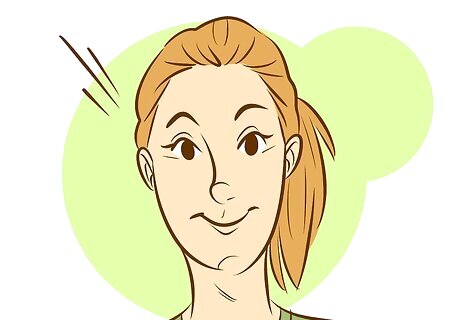
Pull your hair away from your face. To truly see the shape of your face, you need to pull your hair back into a ponytail or bun. You should also pin back your bangs or any other loose hair from around your face. Having your face clean and uncovered will allow you to see all the factors that determine your face shape. You might also want to wear a top that does not cover your neck and chin, so try a scoop neck or v-neck shirt. You can also go topless.
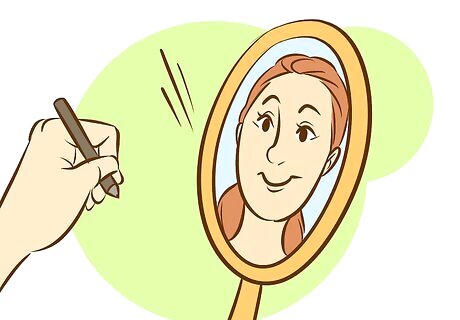
Get your materials together. You need to get a mirror and a writing utensil, such as an eyebrow pencil, lip or eyeliner pencil, or dry erase marker. You need to make sure the mirror is large enough that you can see your whole face. It also needs to be hung on a wall or able to sit up on its own so you can use both your hands. Make sure the room you're in is well lit and that your face is in full light. You will need to be able to see each edge of your face and you don't want to misread the shape of your face due to shadows.
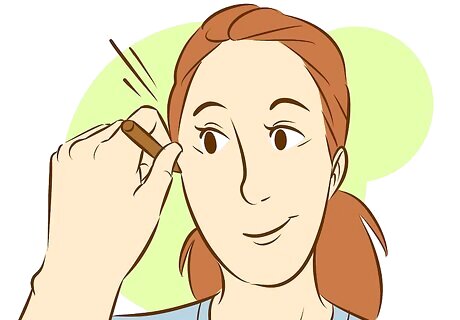
Draw your face. Stand in front of the mirror with your face centered in the mirror's surface. Mark the edges of your face. You can either draw the whole area of your face now or you can place dots around you face, noting the top and edges of your forehead, the edges of your cheekbones, points on the edges of your jawline, and the bottom of your chin. Once you've placed the dots, move to the side and connect the dots, making a facsimile of your face shape. You can also do this in the bathroom mirror after you get out of the shower. All you have to do is draw the outline of your face in the steam. Make sure to take note of the shape before the condensation fades away. If you don't have a mirror, take a picture of yourself head on with a relaxed face and draw around the outside of your face. You will get the same result.
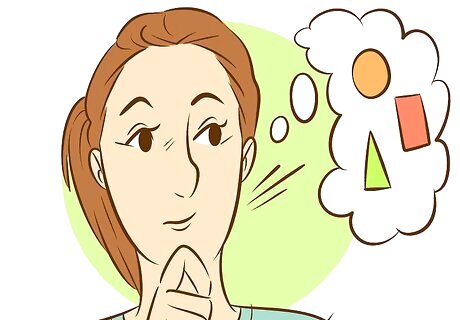
Determine your face dimensions. Once you've drawn your face, it's time to analyze the dimensions of your face. Look at the width of your forehead, cheekbones, and jawline as well as the length from your forehead to your chin. Compare each side, judging which area is most prominent, which area is smallest, and how they relate to one another. Keep in mind a few questions. How wide is my forehead compared to my jawline? How wide are my cheekbones compared to my forehead and jawline? How long is my face? These spacial relationships are what determines your face shape. Look at the next section to figure out what shape your face is and understand what each face shape means. If your face seems to be in between two shapes, you can try a more exact method to determine which areas on your face are larger than others. In a mirror, measure the length between the side edges of your forehead, between your cheekbones or temples, between the edges of your jaw, and from your chin to your hairline. Use these exact measurements to determine what the largest and smallest areas of your face are. If you aren't exactly sure about the shape of your face, have a relative or close friend help you decide. Sometimes it's easier for others to decide because they see your face more often than you see your own. Another option is to look for a face chart online and compare the basic shapes with your own face.
Understanding Your Face Shape
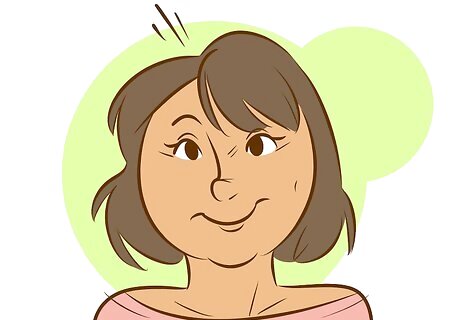
Know the round face. You have a round face if your face is almost as wide as it is long, you have more rounded edges to your face instead of harsh lines, and your jawline is round and full. Those with this face shape often consider their cheeks to be chubby, but the cheeks usually give them a young, youthful appearance. For round faces, avoid hairstyles that fall directly at the chin line because they accentuate the short, round qualities in your face. Instead, wear styles that fall below your chin, giving your face the appearance of added length.
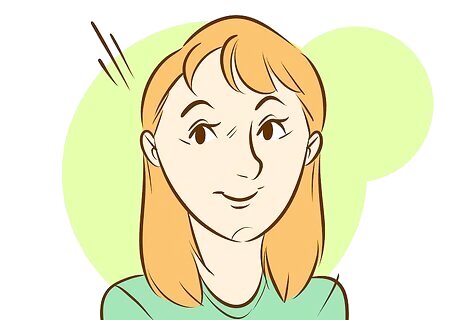
Understand the heart shaped face. You have a heart shaped face if your forehead and cheekbones are wider than the bottom of your face, your jawline is angular, and your chin is prominent and pointy. These individuals often have a large forehead and may also have a widow's peak, which is the element that lends the shape its name. This shape is also described as an inverted triangle shape, given the prominence of the chin and width of the forehead and cheekbones. For heart shaped faces, wear your hair long and wavy with a thick bang, which hides your larger forehead and balances out your face, or wear it chin length, which helps even out the prominence of your jaw. Avoid hairstyles that are above the chin because they can make your face appear unbalanced.
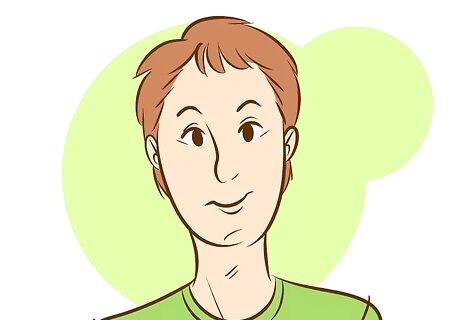
Interpret the oval face. You have an oval face if your cheekbones and jawline are pretty much the same width with your forehead just a bit wider, your face is only slightly longer than it is wide, and your chin is slightly rounded and smaller than the width of your forehead. Because the oval face is so proportionate, there are very few hairstyles that do not look good. Bangs, no bangs, long, or short, this face shape can pull off any style and look good while doing it. It is often considered the ideal face shape due to its proportions and ability to be styled in any way.
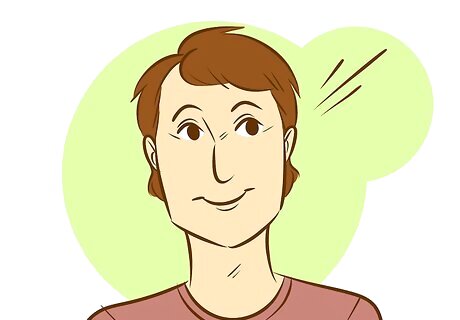
Recognize the square shaped face. You have a square shaped face if your face is nearly as wide as it is long, your cheekbones and jawline are nearly the same size, your hairline is flat, and your jawline is defined with minimal chin curves. The forehead can be large and is typically the same width as the cheekbones. For square shaped faces, wear long hairstyles that add length, retracting from your wide, prominent jaw. You can also have soft curls around your face to soften the harsh angles of your jaw or an off center part to draw attention across your face, adding length. Avoid blunt bangs and straight bobs because they accentuate the harsh angles of your face.
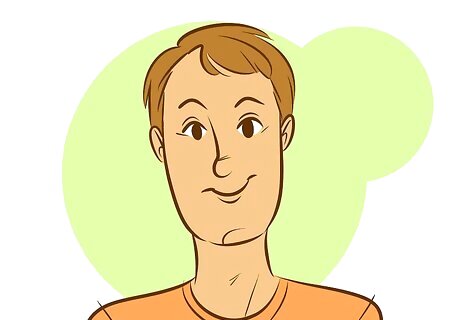
Know the oblong face. You have an oblong face if your forehead, cheekbones, and jawline are almost the same width, your face is long, your forehead is long, and your chin is slightly pointed. You face will be noticeably longer than it is wide, at least 60% longer, which is what sets this shape apart from the oval face. This type of face is often called rectangular shaped as well. For oblong faces, wear hairstyles that add width to your face such as long, wide curls. The bigger your hair is around your cheekbones, the wider your face will look. You can also shorten your face with a thick bang or a side part.
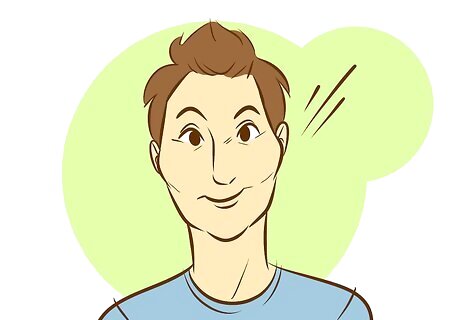
Understand the diamond shaped face. You have a diamond shaped face if your chin is narrow and pointed, your cheekbones are high and prominent, and your forehead is smaller than your cheekbones. These individual's faces are slightly longer than they are wide and can have a wide jawline that tapers into the pointed chin. For a diamond shaped face, wear your hair in a chin length bob to accentuate your chin, and sideswept bangs help hide your small forehead and show off your prominent cheekbones. You can also rock a pixie cut because it draws all attention to your cheekbones and jawline.
















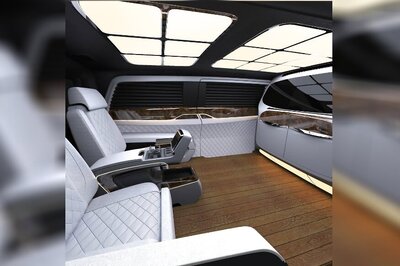

Comments
0 comment